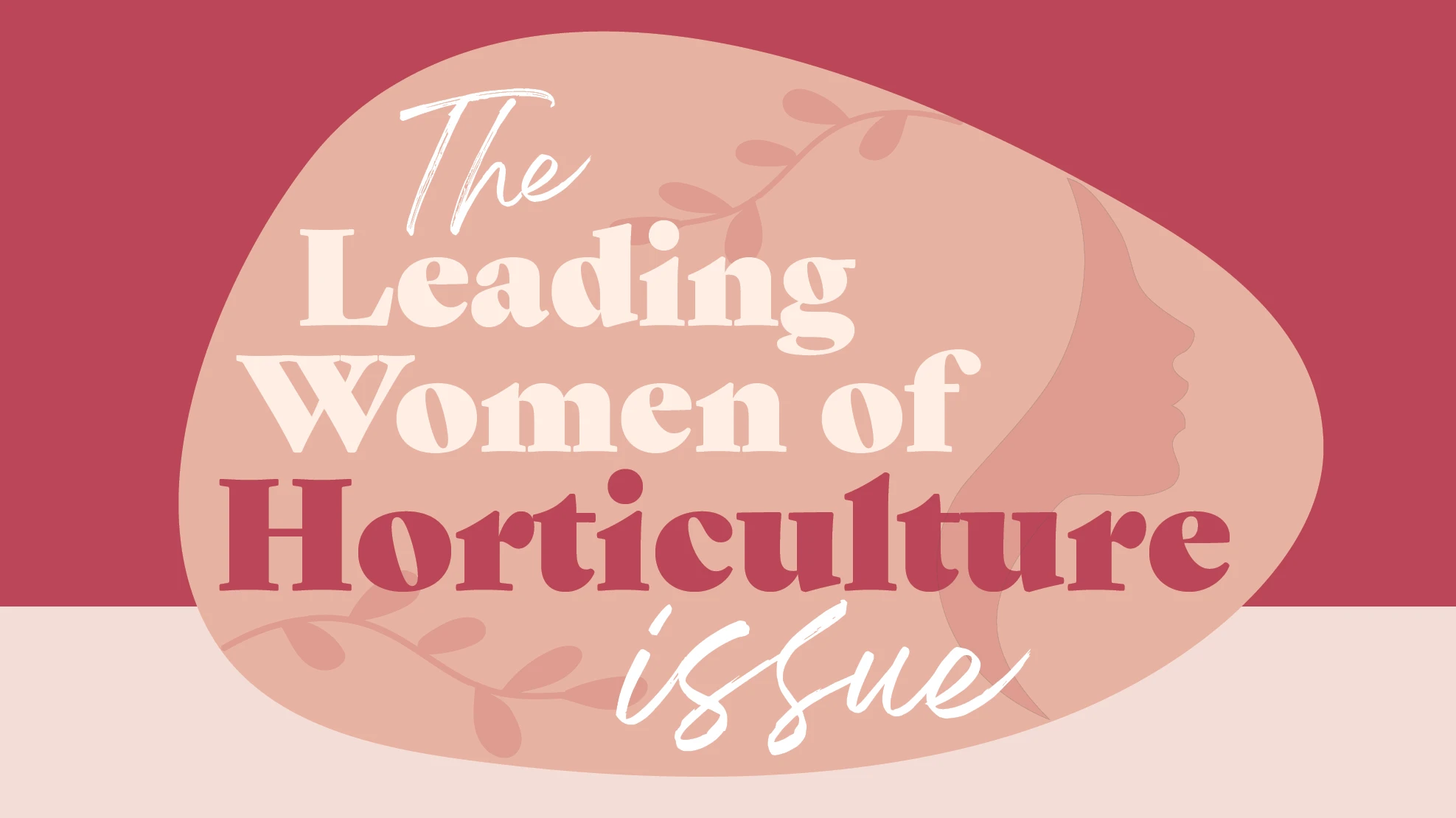Although the box tree moth (Cydalima perspectalis) has not yet arrived in the U.S., the pest is not far away. The pest is native to eastern Asia, and was detected in Toronto, Canada, in 2018 and is prevalent throughout Europe.
Based on DNA evidence, box tree moths were introduced into Europe from Asia multiple times and moved within Europe via nursery trade after they were introduced. Once the moths got onto wild European boxwoods, they were able to spread relatively unchecked.
HRI’s Jill Calabro says that production and landscape managers in the Great Lakes regions should be especially diligent in monitoring boxwoods, as the adults could easily fly from Toronto to upper Michigan, now that it's been confirmed in the Toronto area. Box tree moth (Cydalima perspectalis )Didier Descouens
facts about the box tree moth Hosts: Box tree moth caterpillars devour boxwood. In Europe, boxwood hosts include Buxus balearica, B. bodinieri, B. harlandii, B. megistophylla, B. microphylla, B. rugulosa, B. sempervirens and B. sinica. In Asia, box tree moth attacks other plants besides boxwood, including Euonymus alata, E. japonicus, Ilex purpurea and Murraya paniculate.
Young caterpillars feed on the undersides of leaves, which gives them a “peeled” appearance from the top, according to the Penn State Extension. Older caterpillars consume the entire leaf except for the midrib. Caterpillars also eat bark. If the damage is contained only to defoliation, most boxwoods will recover. But plants will die when bark is consumed, according to Jill Calabro of the Horticultural Research Institute.
Description: Box tree moth eggs are pale yellow and are laid in groups of 5-20 that overlap like shingles. Caterpillars are green and yellow with white, yellow and black stripes and black spots. Pupae are found in webbing and damaged leaves. Young pupae are green with brown stripes; when pupae are ready to turn into moths, the pattern of the wings becomes visible through the pupal skin. Most adult box tree moths are white with a brown border. Some adult moths may have an additional brown border on the edge of the forewing. A minority of specimens (5-10%) are entirely brown except for the white commas on the forewings.
Lifecycle: Its lifecycle takes about 45 days, depending on temperature. As many as 3-4 generations per season are possible in central and southern Europe, from mid-late March through October. It overwinters in its pupal state on leaves and can survive temperatures as low as -22 °F (-30 °C) in winter, meaning it can survive most winters in the contiguous U.S. Pheromone traps can help monitor adult male populations from May to October.
Control: Several insecticides have been evaluated, with successful caterpillar control reported with chlorantraniliprole, spinosad, and chlorpyrifos + cypermethrin, Calabro says. Success has also been reported using Bacillus thuringensis strains. If this pest invades the U.S., “products that typically express good efficacy against Lepidopterans should be considered, such as abamectin, acephate and pyrethroids. Always check labels for use information,” she adds.
Penn State suggests handpicking caterpillars and disposing of them in soapy water when infestations are small. A sex pheromone is commercially available and pheromone traps are used to monitor plantings for box tree moth. Natural enemies have been recorded from their native range, including a variety of parasitoid wasps and flies. However, all the species have broad host ranges and attack other caterpillars and are not suitable for release in invaded areas. A handful of studies in Europe found low levels of parasitism by native parasitoid wasps and flies, but never enough to exert control over the moths, according to Penn State.
Sources: Penn State Extension, Canadian Food Inspection Agency, Horticultural Research Institute










